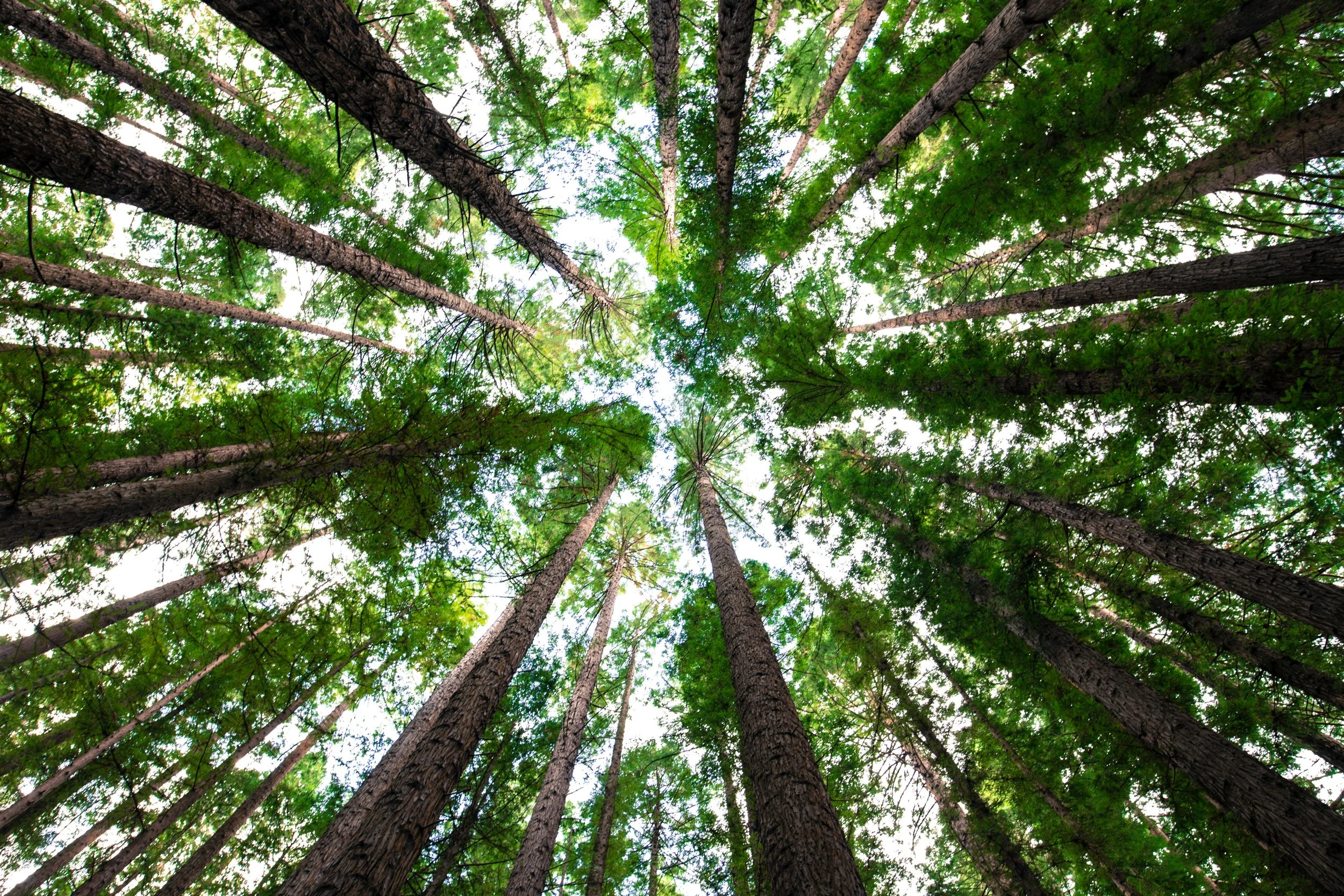Nature and Legacy
Nature’s Blueprint: Trees and Shared Growth
As Susan Boseck of the Legacy Project so aptly notes, legacy is sustainable when it crosses generations. It's not just about what we leave behind—it's about the connections we foster between the past, present, and future.
Ecologists offer a compelling metaphor. When asked whether a young tree should be planted in an old-growth forest or in an open field, their answer is clear: the young tree thrives best when planted among older trees.
Why? Because the roots of the young tree can follow the pathways created by those that came before. These established routes allow the new tree to root itself more deeply, drawing strength from the shared ecosystem.
Over time, the roots of these trees don’t just coexist—they can actually graft themselves to one another. This underground network forms a hidden, intricate, and interdependent foundation.
Through this network, stronger trees support weaker ones, sharing resources and resilience. The health of one contributes to the health of all. It’s not survival of the fittest—it’s survival through connection.
A Living Definition of Legacy
This is the essence of legacy: an interconnection across time. It acknowledges our need for those who came before and our responsibility to those who will follow. Legacy isn’t static—it's a living, growing, and deeply rooted exchange of strength, wisdom, and care.
